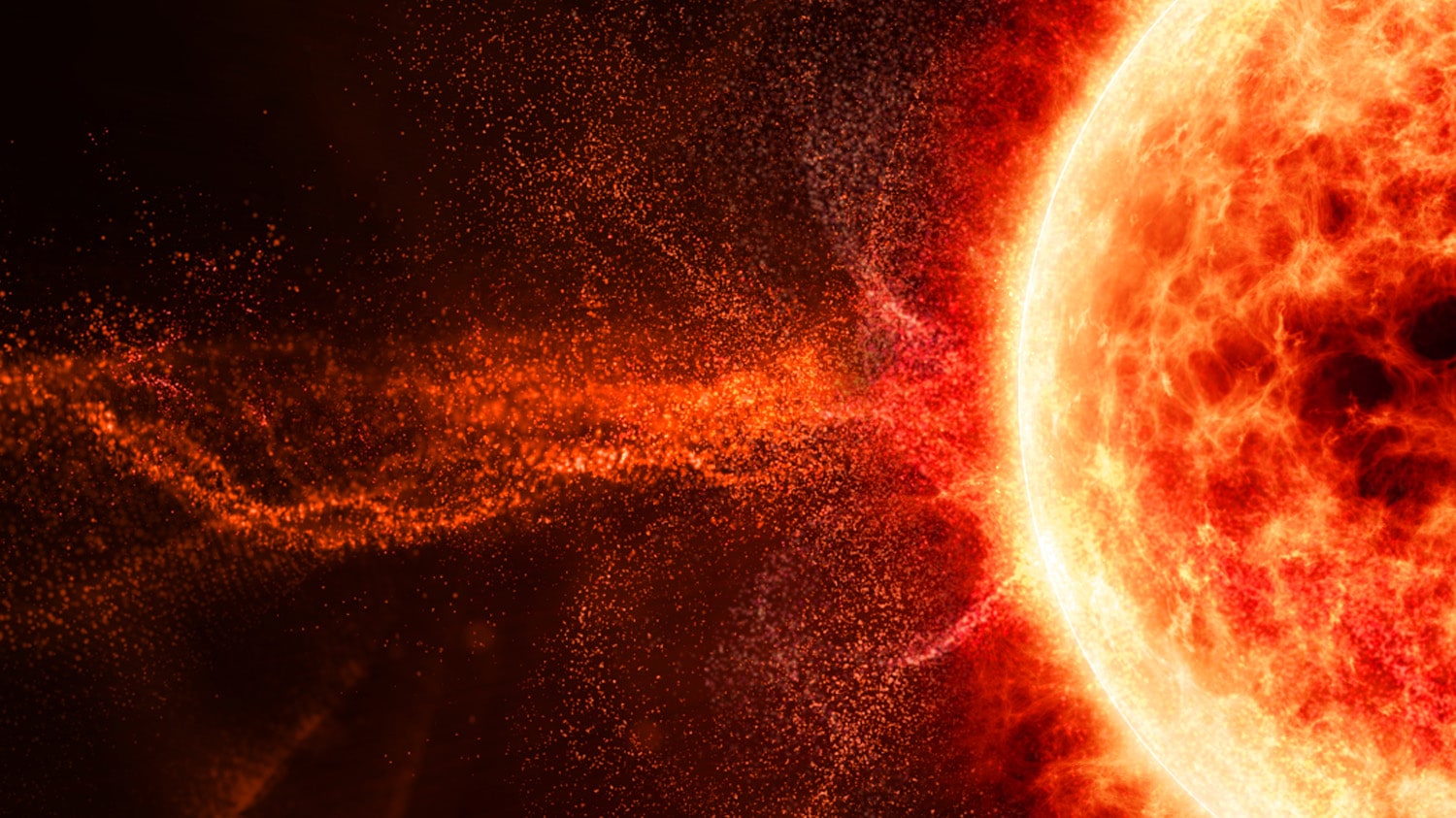
In the first quarter of 2022, NASA reported two eruptions of solar flares less than 48-hour apart, sparking concerns about a solar storm in the coming years. As the sun is heading towards the final stages of its 11-year solar cycle (in 2025), space agencies, by monitoring solar X-ray wavelengths, are recording an increasing number of solar flares, and NASA suggests that preparing for a solar storm is becoming more necessary as these expulsions are becoming more frequent.
Solar flares can take many forms and are classified by their strength—the basic definition of a solar flare is the explosion of radiation from the sun's surface. More vigorous bursts can trigger mass expulsion of radiation from the sun that can interrupt communication from the satellites to earth and temporarily cause blackouts; therefore, using space technology to predict these events is vital.
Faster solar flares are more harmful to satellite connections because their geometric fields extend beyond geostationary orbits and electron radiation levels increase around the orbit. Thus, the field is misleading in a significant geometric storm, and radiation levels peak closer to the earth. Satellites are more likely to survive electrostatic charges from solar flares when built with an enclosed metal shielding – usually a minimum of 2.5mm of aluminium - surrounding them.
The solar flare reported on 19th April 2022 was relatively small and identified as an M-class flare, while the one recorded the following day was recorded on an X-class – ten times the size of the previous.
With the two eruptions happening so close, space experts insist that more frequency and intense solar eruptions should be expected in the next two years while the sun finishes its cycle. The magnetic field lines that form sunspots are also involved in solar eruptions and flares.
With the solar flares erupting in an unexpectedly short amount of time, space experts are suggesting that this could be a more frequent occurrence, and increasingly intense solar eruptions should be expected, especially within the next two years. So, the question stands; should satellite providers be worried about the potential solar storm?
With advances in identifying and analysing space weather, scientists can improve predictions of a solar flare before it happens. While there is no real way to protect a satellite from the damage that an oncoming solar flare can cause, there are safety measures that operators can make to lower the risk of damage or a connection blackout – for example, switching their satellite to ‘safe mode’ when the predicted solar flare is set to erupt. This can differ between satellites, however often the safe mode involves pointing the antenna back to earth, listening for a reboot, restart or reset command. While satellites are not immune from a potential stronger X-class solar flare, these are precautions that all satellite providers need to consider.